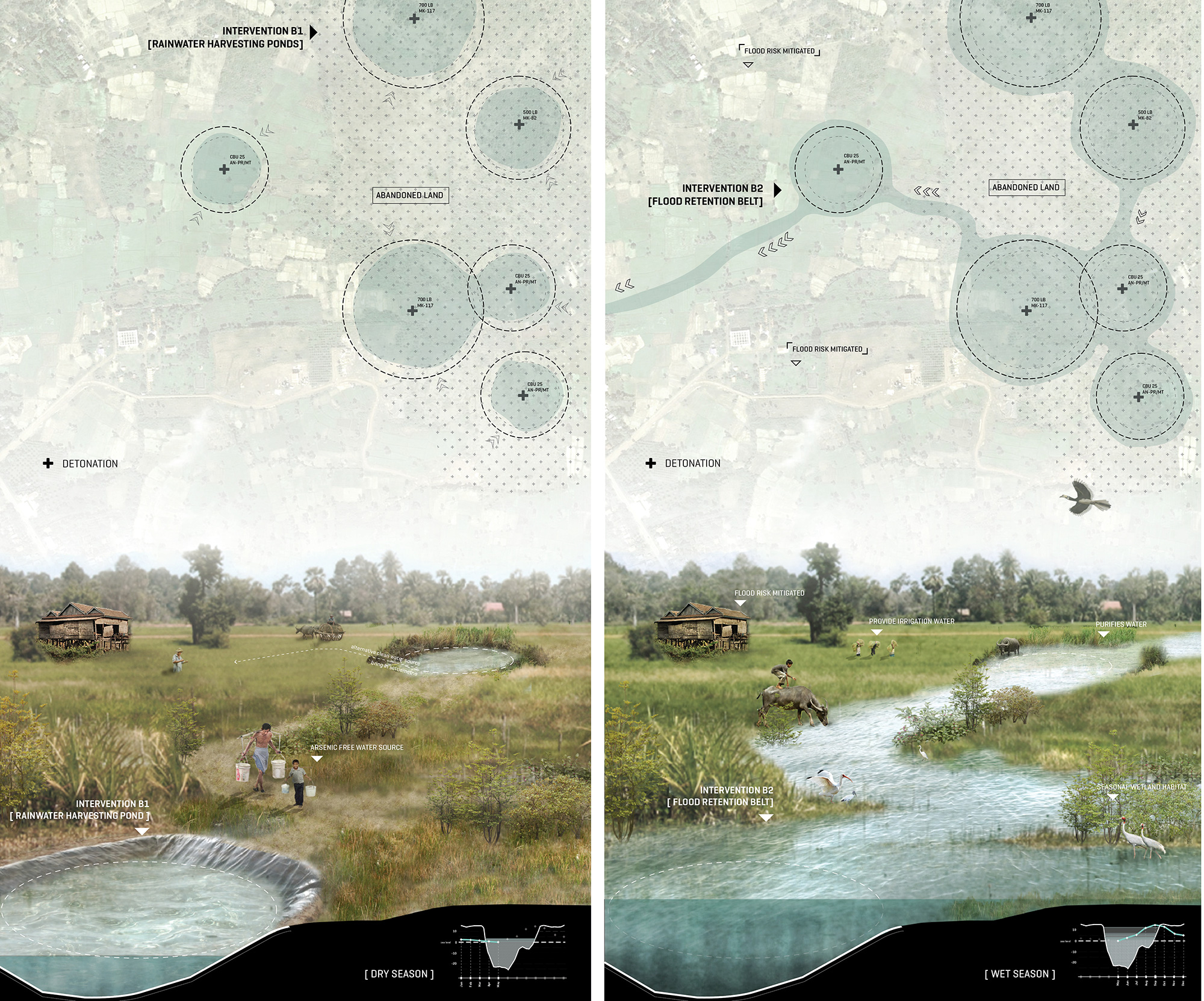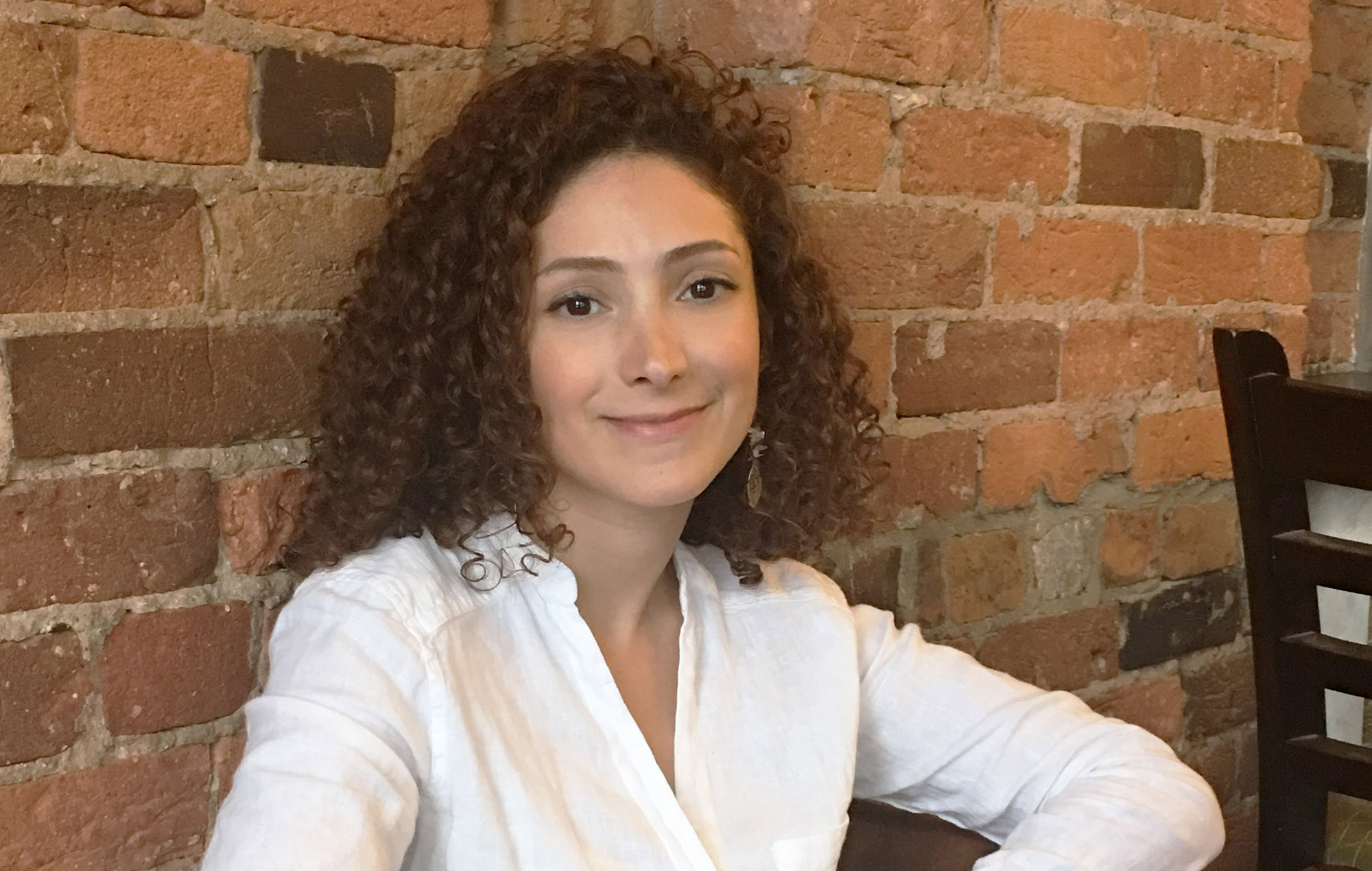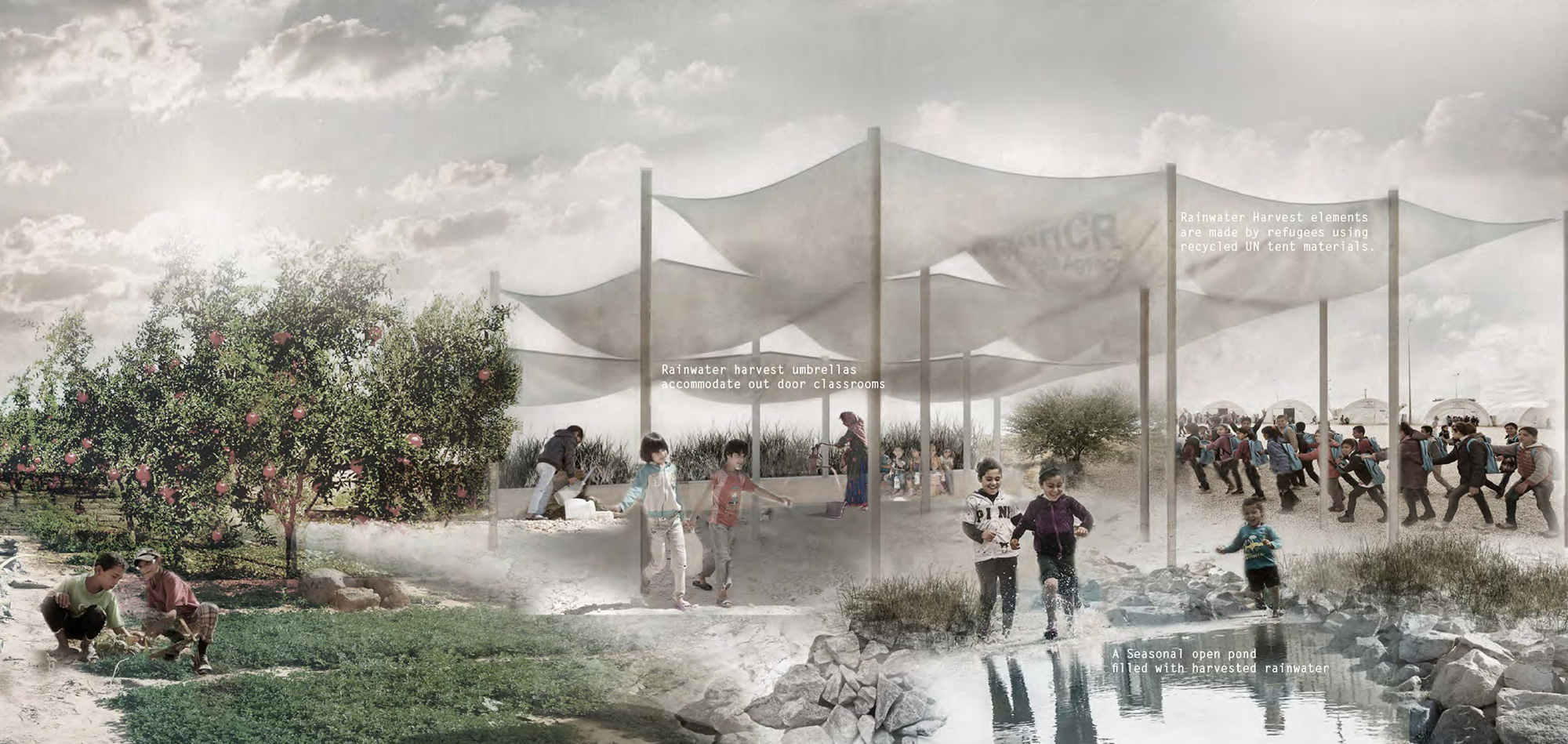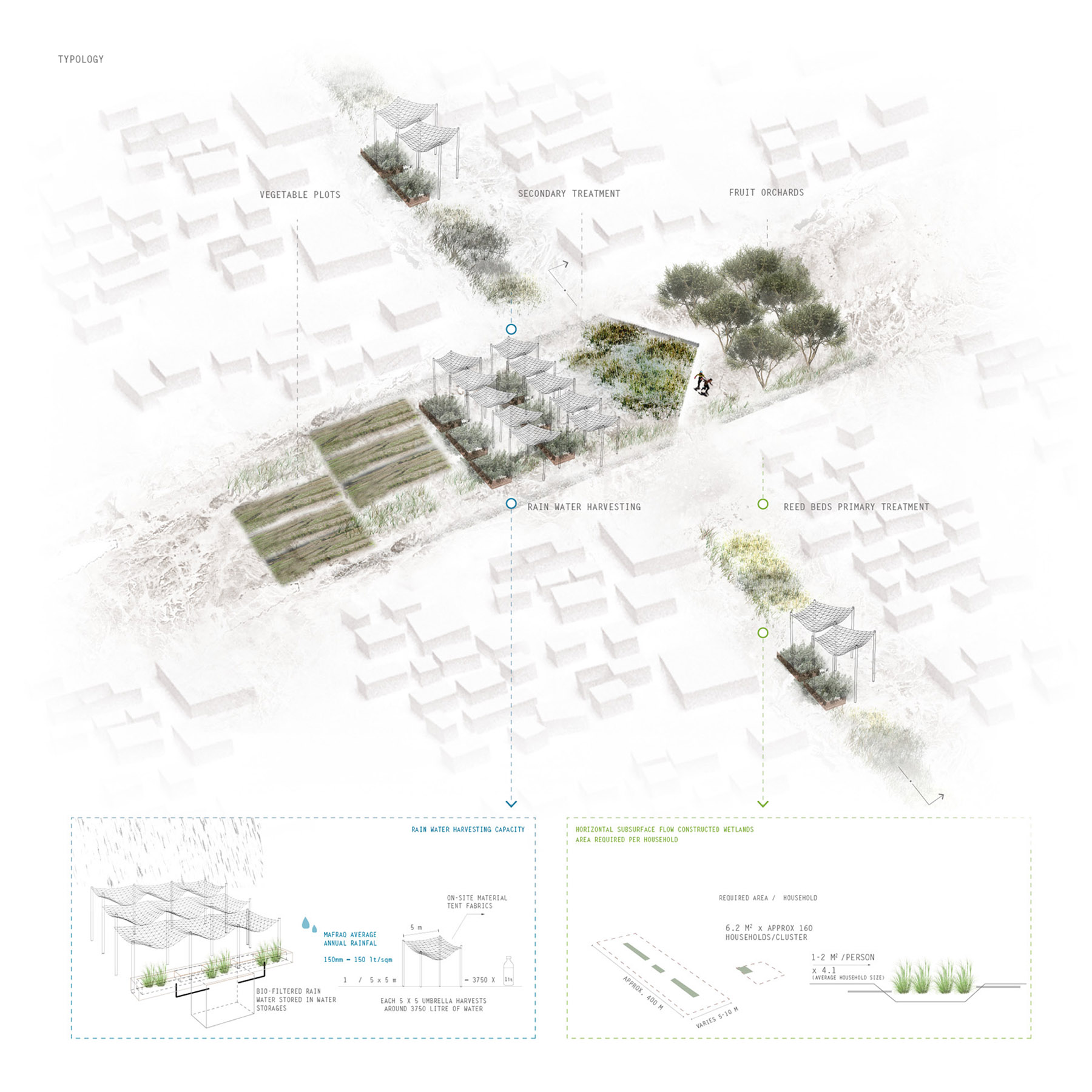28.05.20 - Two Daniels graduates win World Landscape Architecture Awards
A pair of recent graduates from the Daniels Faculty's Master of Landscape Architecture program have won honours in the 2020 World Landscape Architecture Awards, which recognize the work of students and professionals worldwide. Here's a little information about those former students, and their winning projects.

Shaine Wong (MLA 2017) - Award of Excellence
Shaine, who graduated from the Daniels Faculty in 2017, won a WLA Award of Excellence for Analysis and Planning. Her winning project was her Master of Landscape Architecture thesis, titled "The Constructive Deconstruction." Her advisor was assistant professor Fadi Masoud.
The idea for Shaine's thesis project occurred to her when she was perusing a photography exhibit that included images of bomb craters in Cambodia. The craters, created by landmine and bomb explosions, had been reclaimed by nature. Some of them were being used as fishing ponds.
As Shaine researched the situation in Cambodia, she realized that the threat of violent explosions is a fact of life for locals. During Cambodia's civil war, in the late 1960s and 1970s, it's estimated that millions of landmines were buried throughout the country. The United States bombed Cambodia heavily during the Vietnam war, and some of those bombs didn't explode on impact. Many of these mines and bombs are still lurking underground, just as deadly as they were on the day they were armed. Local demining organizations routinely scour the landscape for unexploded ordnance.
"I was always interested in postwar landscapes," Shaine says. "Particularly how landscapes recover from disturbances and warfare. I found Cambodia particularly interesting because this landmine phenomenon seemed to be a huge problem."


Top: craters as rainwater harvesting ponds. Bottom: excavated soil being used as fill material for levees.
Shaine's thesis project proposed repurposing craters and other landscape disturbances created during the demining process into public amenities, like rainwater harvesting ponds and irrigation canals. Any soil excavated during the process, she suggested, could be used as fill material for flood levees along the Mekong river.
For Shaine, this WLA award, for a project she completed while still a student, was a refreshing reminder that being imaginative can pay off. "Sometimes, in the workforce, we focus too much on the thing we're doing," Shaine says. "We lose the sense of inspiration about what we could do as landscape architects. This award is a good reminder of my passion. I worked 12, sometimes 15 hours a day on this project, and I didn't feel tired doing it."
Not that Shaine is lacking in creative challenges in her professional life. She is currently a senior designer at Reed Hilderbrand, a firm located in Cambridge, Massachusetts, where she's working on a new open-air museum for the Alamo. She's also adjunct faculty at Boston Architectural College.

Sarvin Khosravi (MLA 2019) — Award of Merit
Sarvin, a 2019 Daniels Faculty graduate, won a WLA Award of Merit for Design for her thesis project, "Defiant Gardens." Her advisor was assistant professor Peter North.
The project dealt with the Zaatari refugee camp, a large agglomeration of tents and makeshift buildings in northern Jordan, established in 2012 to accommodate an influx of Syrians fleeing the civil war in their home country. Although Zaatari was originally intended to be a temporary holding area, it has become a permanent settlement for its tens of thousands of residents.
"I came across a news report saying that there were kids in refugee camps under the age of 10 who were committing suicide," Sarvin says. "That was really moving. And I thought: there is something we can do."
Sarvin set a challenge for herself: she would find a way to use landscape design to both improve quality of life in the camp and improve its access to water — a scarce resource in Jordan.
In thinking about ways of tackling these two problems, Sarvin's thoughts turned to greywater — waste water that is contaminated from household use, but not as contaminated as sewage. Greywater isn't safe to drink, but it can be used for other things, like irrigation.
Sarvin designed a system of low-cost channels that would use gravity to direct Zaatari's greywater away from homes and into an irrigation system. The water would be funnelled into treatment areas — groupings of plants selected for their ability to filter water — and then used to water crops, allowing the camp's residents to produce some of their own food.


Top: a rendering of one of Sarvin's rain harvesting stations. Bottom: a drawing of Sarvin's various intervention typologies.
"Within the camp there is absolutely nothing to do," Sarvin says. "You can't see a single tree. And yet a large number of the people living on the site were actually farmers, where they came from." Her design would leverage that latent farming expertise.
Another component of Sarvin's design was a series of umbrella-like rainwater harvesting stations. The collected water would be used for irrigation, and the space underneath the umbrella assemblies could be used as locations for outdoor classrooms or other community amenities.
For Sarvin, winning a WLA award has been an emboldening experience. "One of the reasons I'm really happy I won this award is that I wanted to reach out to whoever is responsible for managing these camps, to share my ideas with them," Sarvin says. "With the award, it makes more sense to do that. They'll know that this is an idea that has been approved by other professionals in the field of landscape architecture."
Sarvin is now working as a landscape designer at the Toronto-based firm DTAH.

